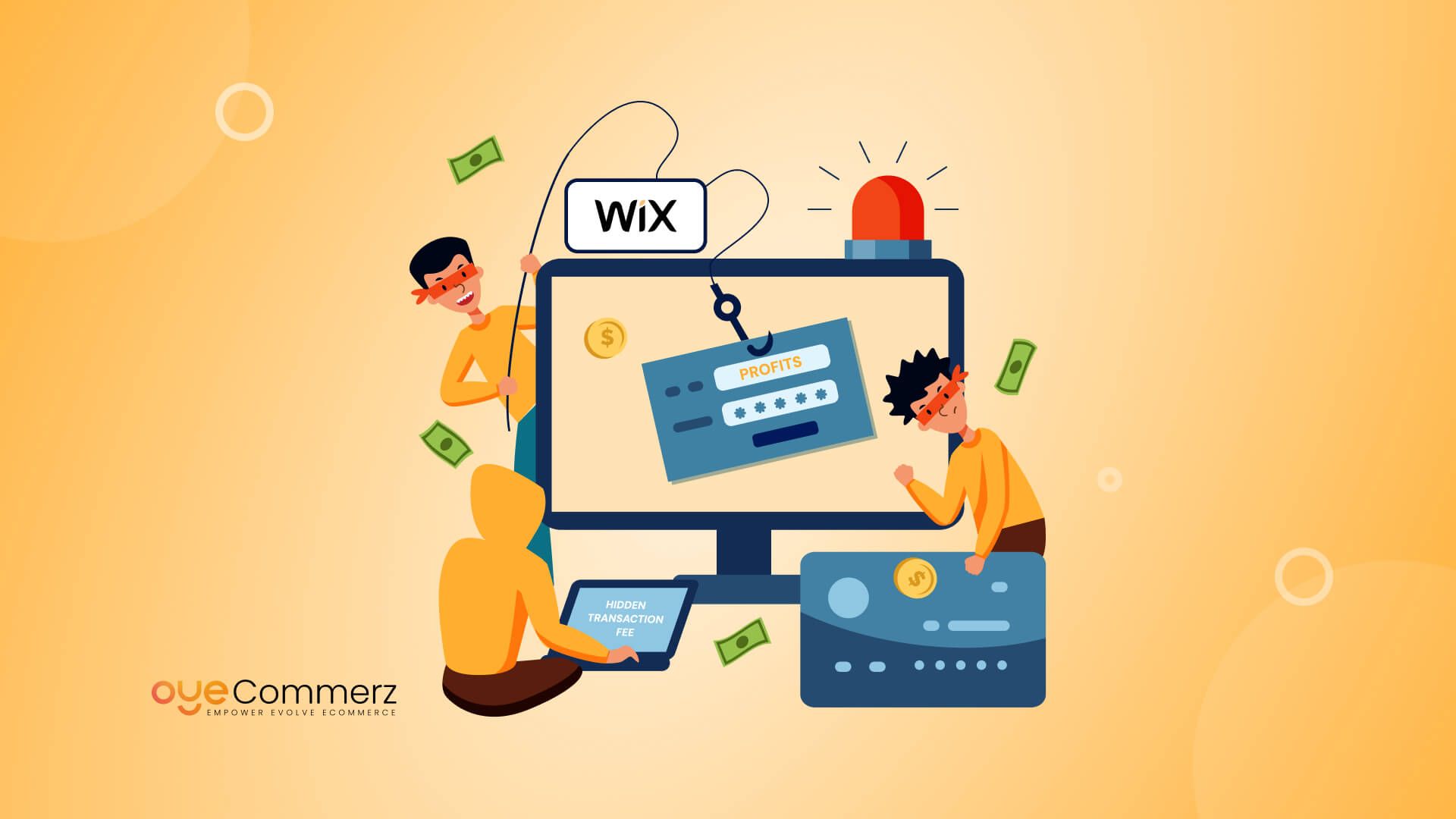In today's online environment, choosing the appropriate e-commerce solution is crucial for business growth. If you are currently using Wix but thinking about a switch to Shopify, you're not alone. Numerous businesses are migrating to Shopify to leverage its powerful features, expandability, and dedicated e-commerce tools. This guide will walk you through the migration process, ensuring a seamless move and setting you up for e-commerce achievement.
Why Switch from Wix to Shopify?
Before diving into the transition process, it's important to understand why Shopify could be a better fit for your e-commerce needs:
- E-commerce Focus: In contrast to Wix, which caters to various use cases, Shopify is designed exclusively for e-commerce, offering sophisticated tools and functionalities optimized for online selling.
- Growth Potential: As your business grows, Shopify can easily accommodate higher traffic and sales volume without compromising performance.
- Wide-ranging App Ecosystem: Shopify provides a large collection of apps that can enhance your store's functionality, from advertising solutions to inventory management solutions.
- Search Engine Optimization: Shopify offers better SEO options, which can assist in improving your store’s visibility on Google and others.
- Transaction Methods: With numerous payment gateways supported, including Shopify Payments, you can offer shoppers a variety of options.
Getting Ready for Transition
To ensure a trouble-free transition from Wix to Shopify, adhere to these preparatory guidelines:
1. Backup Your Data
Export all your data from Wix, including item information, customer information, and order history. This step is crucial as it guarantees you have a backup of everything before starting the migration.
2. Choose Your Shopify Plan
Assess the different Shopify subscriptions offered and choose one that best Data migration tools suits your company’s needs. Take into account factors such as transaction fees, features included, and growth potential.
3. Set Up Your Shopify Account
Create your Shopify account and familiarize yourself with the platform’s interface and features.
The Transition Process
Now that you're prepared, it’s time to transfer your store from Wix to Shopify. Here’s how:
1. Transfer Items
Use Shopify's built-in import tool or external migration apps like Cart2Cart or LitExtension to move your products from Wix to Shopify.
Ensure that item details, images, costs, and variants are accurately transferred.
2. Transfer Customer Data
Upload client details such as names and contact info into your new Shopify store. This process is vital for maintaining customer relationships and advertising strategies.
3. Set Up Payment Gateways
Set up payment gateways in your Shopify store to ensure smooth payments. You can choose from multiple options like credit cards, PayPal, and others.
4. Customize Your Store Design
Choose a theme that reflects your business image. Modify it using Shopify's design tools to create an attractive and user-friendly store layout.
5. SEO Optimization
Apply SEO best practices during the migration process:
- Set up 301 redirects from old Wix URLs to new Shopify URLs.
- Optimize item Shopify account names, details, and photos with relevant keywords.
- Modify meta tags and alt texts for improved search engine visibility.
Post-Migration Steps
Once your store is active on Shopify, consider these post-migration steps:
1. Test Your Store
Perform thorough testing of your new store:
- Verify item listings for correctness.
- Test payment processes.
- Ensure all hyperlinks work correctly.
2. Launch Marketing Campaigns
Announce your new store launch through newsletters and social platforms.
Consider offering promotions or sales to attract shoppers.
3. Monitor Performance
Use analytics tools within Shopify to monitor revenue growth and user activity.
Modify your strategies based on performance analytics.
Conclusion
Migrating from Wix to Shopify can substantially enhance your e-commerce capabilities and lay the foundation for growth and achievement. By adhering to this guide and taking a systematic approach to the migration process, you can ensure a smooth transition that minimizes downtime and boosts opportunities for revenue. Embrace the change and see your online business thrive on its new platform!
